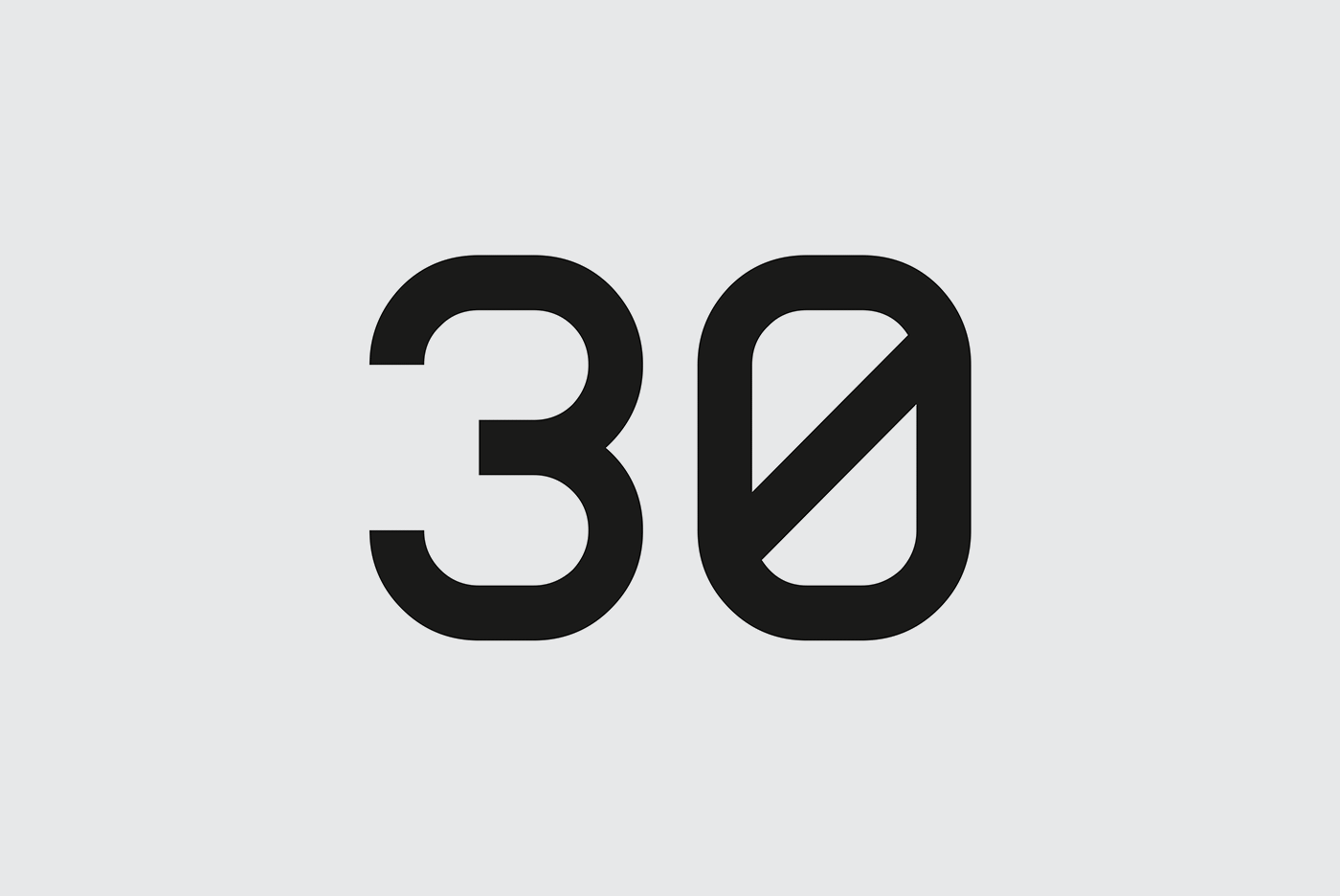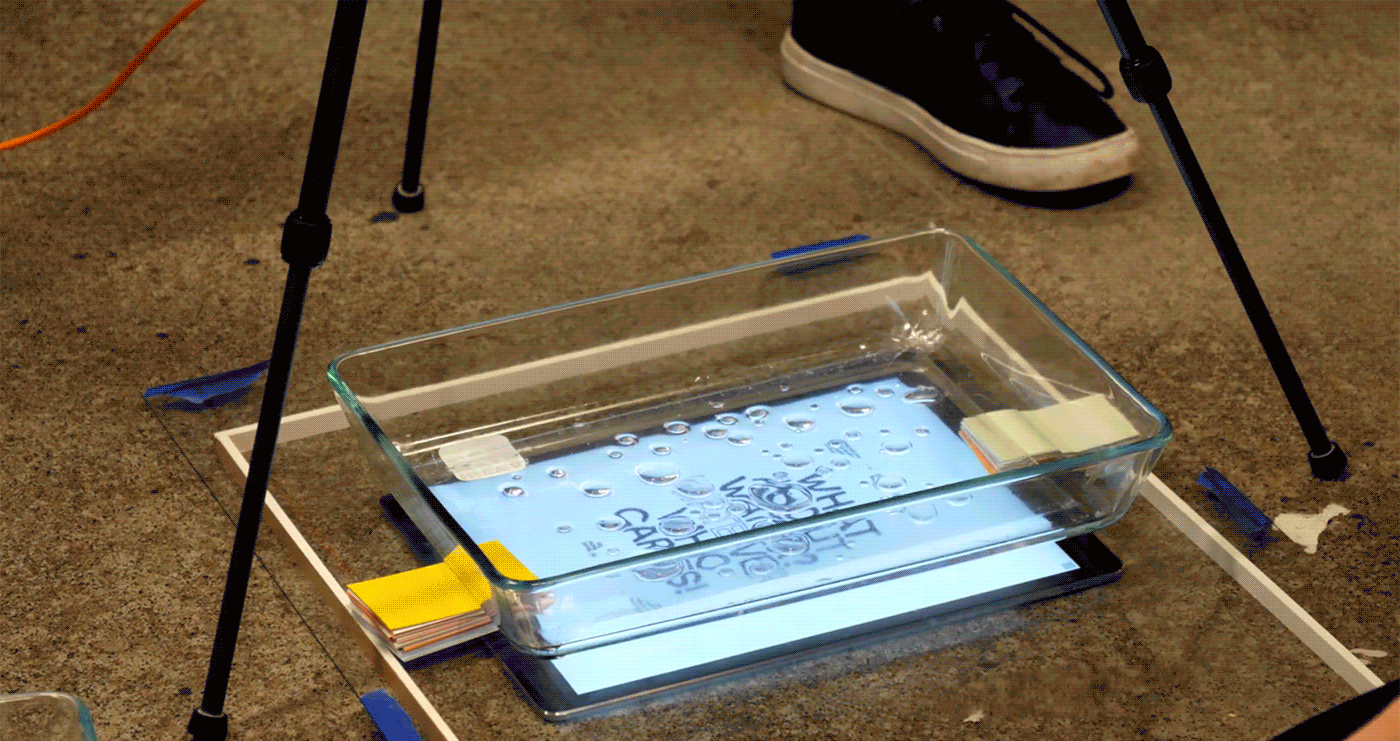How Turning to the Physical World
Can Yield Unique Digital Outcomes
TINA TOULI / Designer & WNW Member
The 21st Century is dominated by millennials. Also known as the Net Generation, they grow up in an electronic-filled and increasingly online and socially-networked world. They evolve with computers and broadband access and readily adjust to new software and devices. They are comfortable with the idea of researching and designing in front of their screen.
Nowadays more and more creatives tend to follow the same processes, starting and finishing their projects on their computer, ignoring all the inspiration from the physical world that can be creatively implemented to the digital one. Working in front of their screen, simply reflecting without absorbing the content. Getting camouflaged into a preexisting scene, rather than creating something new and finding their own voice.
So, do you want to be a creator, or the follower of somebody else’s creative voice?
“We usually try to find inspiration from other professionals. It’s probably the most convenient source, but too often leads us to an infinite loop. Looking at the work of other professionals from totally different fields could be a better approach and lead us to more unique outcomes.”
We usually try to find inspiration from other professionals. It's probably the most convenient source, but too often leads us to an infinite loop. Looking at the work of other professionals from totally different fields could be a better approach and lead us to more unique outcomes.
What if you stopped scrolling for a minute? Don’t you ever feel the need to break from the digital life and try something new? How about exploring your immediate surroundings?
Anything around us that can stimulate any of our senses can be inspirational and an “object” for investigation. A hole on a t-shirt, a wrong print, the foil paper that we wrap our food in, even the book that we read as an object itself.
30 Years of Adobe Illustrator
Inspired by the way in which we flip the pages of a book, representing the past, the present and the future, a three dimensional paper sculpture has been created and used as a guide for the design. It depicts the number “30”, a horizontally symmetrical number, standing for the 30 years of Adobe Illustrator.
What About Water?
While experimenting with Jakob Ritt and Yunxin Stella Wang, we came up with a technique where oil-based and water-based liquids were “mixed” to create interesting shapes and distortions that can be used for design outcomes.
Initially, we were really keen on exploring the rainbow reflections of gasoline, which we sometimes see on the road. We tried to recreate these kind of reflections for design purposes, but the results were not interesting enough. We continued playing around by mixing the gasoline with inks and then water, and that was the point were we figured out this exciting technique. I later on applied it to develop a water awareness campaign and bring the water element to the project in a more unique way.
It is a process-lead journey into ways in which the analogue and digital world can blend in order to create new unique designs, approaches and techniques. Different design processes and inspirations can lead to unique outcomes and creative voices. By exploring the possibilities of working between the physical and digital worlds, and by jumping back and forth between them, we can discover unexplored areas of design and come up with unique solutions. Simply by trying things that we've never done before.
The digital world offers us all these exciting tools and potentials for designing. But sometimes it feels that this digital entity lacks a tactile materiality. On the other hand, the physical world can do so many amazing things, but it is the digital one that makes everything possible. The physical world can be effectively distorted by the digital impact. Digital layers can be placed over the analogue to enrich the outcomes and create new unique design outcomes, voices, approaches and techniques.
“The more unexpected the recourse of inspiration is going to be, the more likely it is to create original work and establish your own voice.”
The more unexpected the recourse of inspiration is going to be, the more likely it is to create original work and establish your own voice. There is so much inspiration in the physical world that we tend to ignore.
Sometimes the strongest designs come from a simple concept and by trying things out. By interacting with the “objects” from the digital and the physical world, leaving them to lead the way, even if things evolve from the initial thoughts. Once you interact with and understand the strengths and weaknesses of your “objects,” they can become your tools or prototypes or even the outcomes of your design.
Caught In Limbo
It is up to you to choose whether you want to be camouflaged within somebody else’s design style and approach, or to broadcast your presence by creating your own voice and discovering unexplored areas of design, that others will then follow and eventually get camouflaged within.
WNW Member Tina Touli is a London-based creative director, multidisciplinary graphic communication designer, maker, speaker and educator. She's worked for various clients including Adobe, Tate and University of the Arts London. Tina was also selected by Print Magazine as one of the 15 best young designers in the world, aged under 30. Tina's portfolio site is an open book, a treasure trove of incredible work with hyper-detailed process descriptions and behind-the-scenes images.







